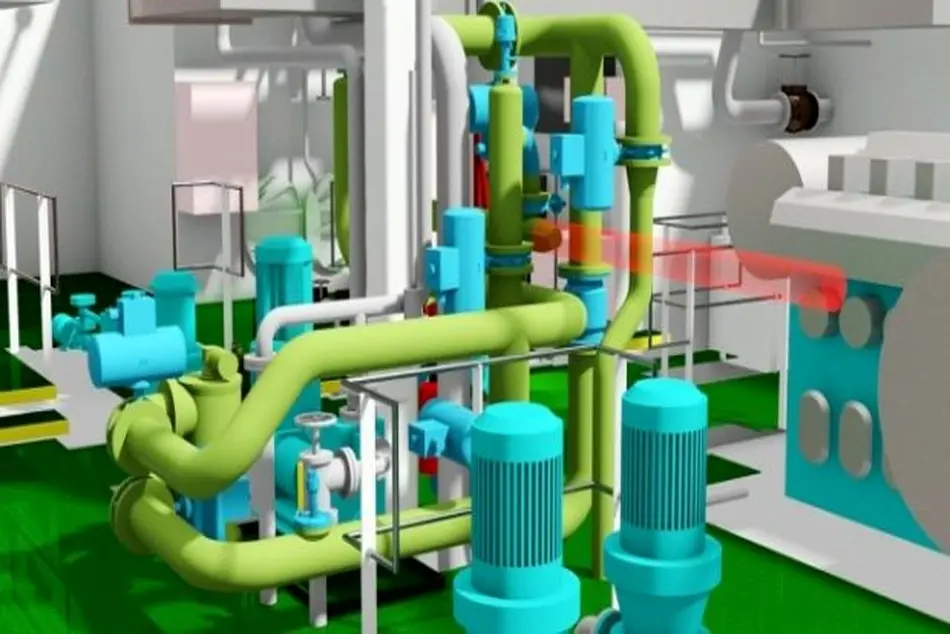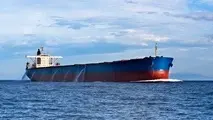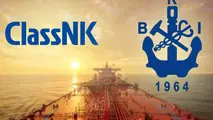Four big BWM challenges for consideration

Mr Giles Candy, Business Development, Environcleanse, discusses the biggest challenges that industry should pay attention for effective implementation of the BWM Convention which entered into force on September 8th Mr. Candy encourages operators to focus on accurate information, never make plans at last minute, use a successful BWTS which impacts vessel operations as little as possible and choose systems which show confidence in compliance.
Challenge #1 : Accurate information
Still people tell me; “filters are required”, “any Administration TA is OK”, “a BWTS needs Class TA”. These are wrong, easy to look up in the rules and perpetuated by people who should know better. The BWT industry has consistently let itself down making unsupportable claims, technical, competitive and otherwise. Media is not helping. A recently published list of five companies expected to lead the market in 2021 included two already withdrawn BWTS. Regulators and manufacturers need to be clearer and owners need to be educated and aware – as increasing numbers are. Without accurate information owners are not protected from purchasing a BWTS which defies the fundamentals of water treatment or is not qualified for their vessels.
Challenge #2: Timing
Almost universally owners are pushing back BWTS installation. This is understandable to reduce costs and challenges today, letting an owner watch the developing market and industry. The implementation delay, codified at MEPC 71, means a rush of vessels decoupled in the last 18 months will all need BWTS when the second and third years of “un-decoupled” vessels also retrofit. The slow 2017-2019 retrofit activity will increase 2019-2020 but in late 2020 and 2021 it will increase dramatically. There will be a hard deadline and relatively little retrofit installation experience. Today owners may watch, but soon they should begin making their decisions, structuring practical installation schedules, committing to installers and suppliers. Timing to comply at the last minute may not be the wisest, or cheapest, way forward.
Challenge #3: Vessel Operations and BWT Practicalities
The BW discharge standards are very tough and require a high degree of water treatment. Any successful BWTS is high performance equipment. How is it possible for a high performance BWTS to operate on a vessel and not add to crew burden detract from the normal vessel operations? It is not.
So, use a successful BWTS which impacts vessel operations as little as possible. A BWTS which treats ballast at sea will allow; normal port operations, ballasting without filters, no balancing power demands, gravity discharge, no slow ballasting etc. The water must still be treated but this can be done during a voyage where attention and resources are not as stretched as in port.
Challenge #4: Confidence in Compliance
In-line BWTS treat once into the tank and, where required, treat or neutralize during discharge. Treatment or neutralization cannot be checked in-tank to ensure compliance before discharge. If treatment is completed at the start of a 4 week voyage will it still be effective on bacteria at the end of the voyage. If neutralizing, will dosed neutralizer be adequately controlled by a real time in-line TRO measurement?
An in-tank BWTS can keep a growth suppressing dose of Cl in the tank at all times. It only needs to be a small dose but this will ensure biological compliance. In-Tank neutralization allows confirmation of complete neutralization before ballast is discharged ensuring chemical compliance.



